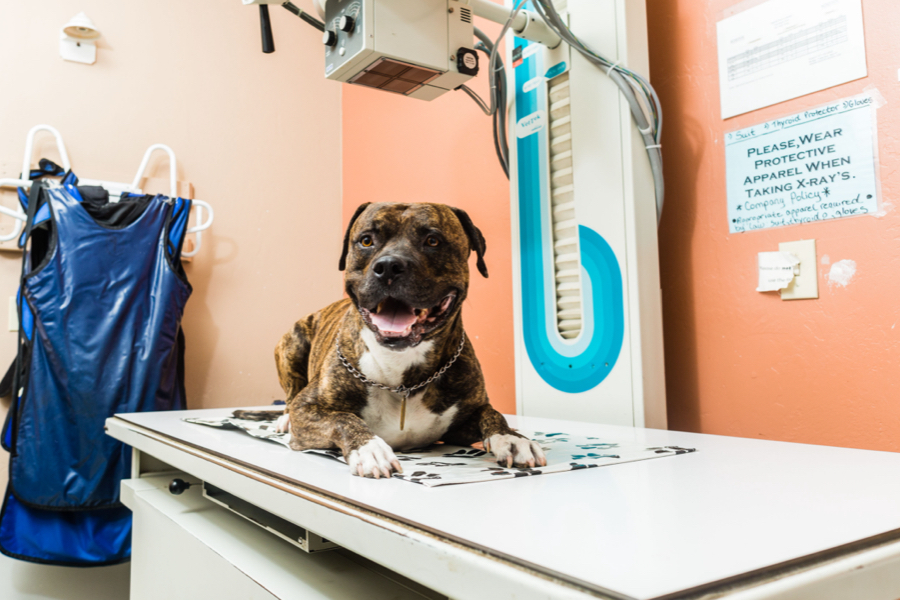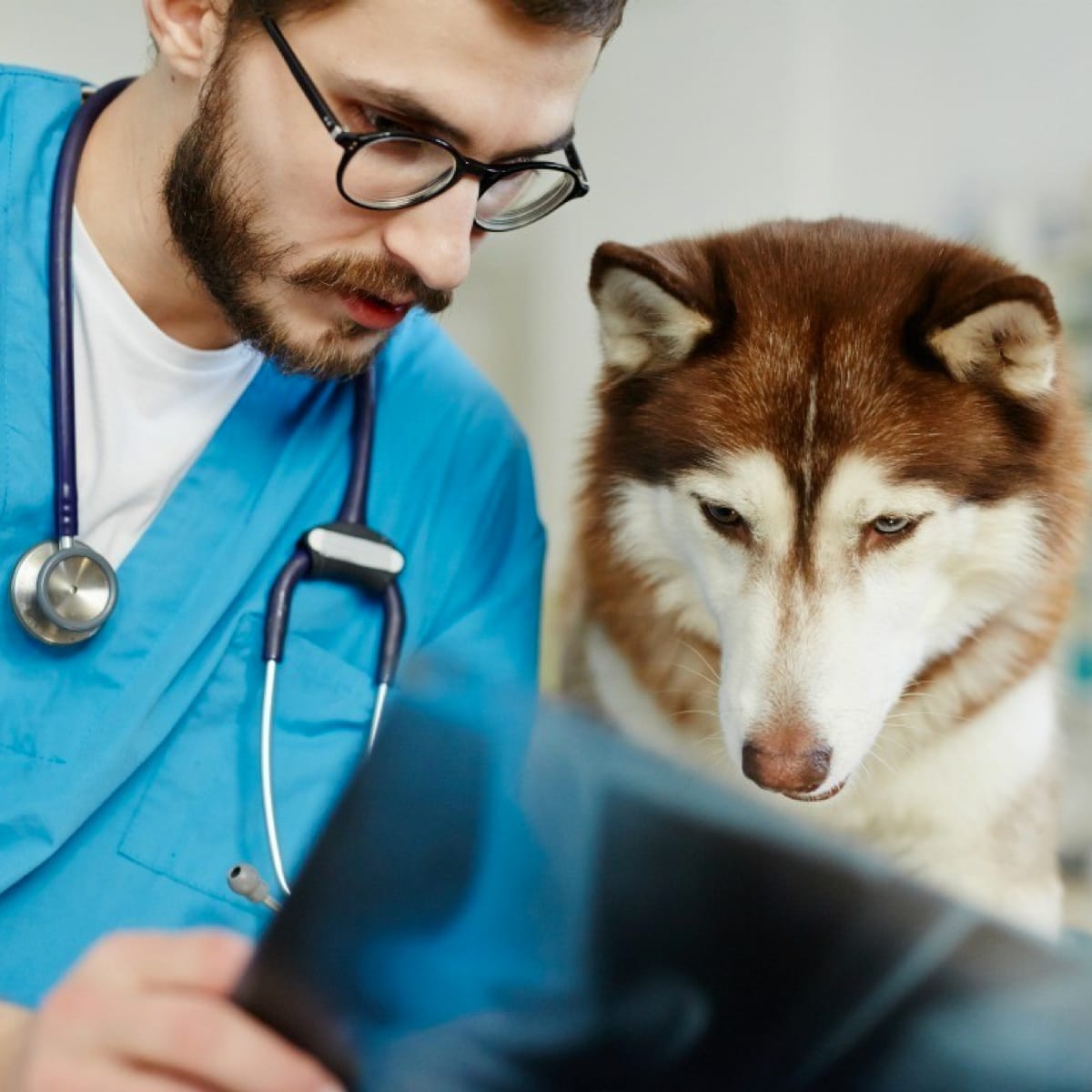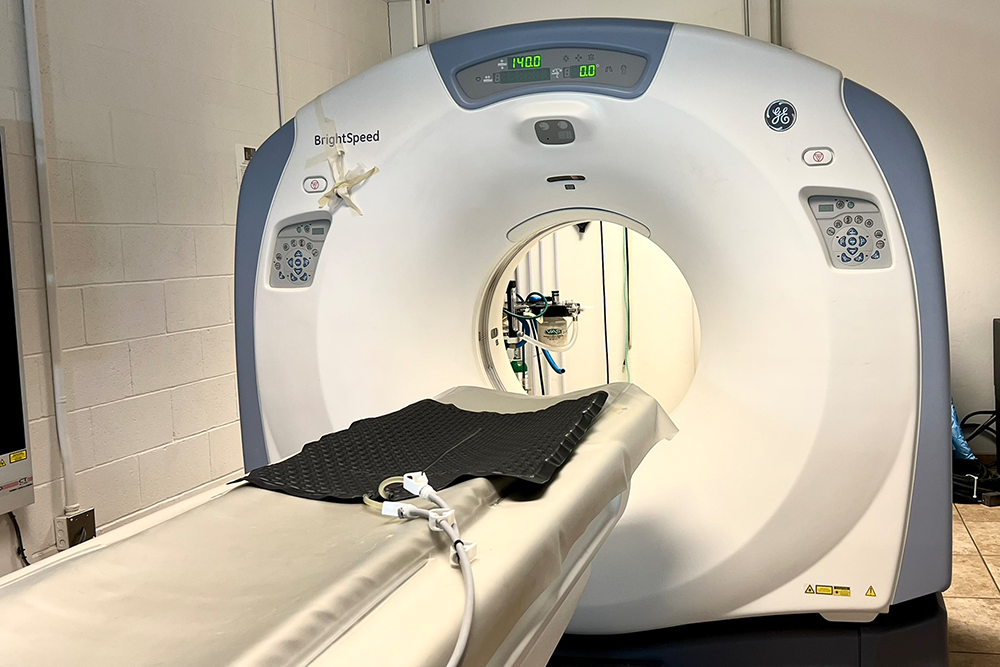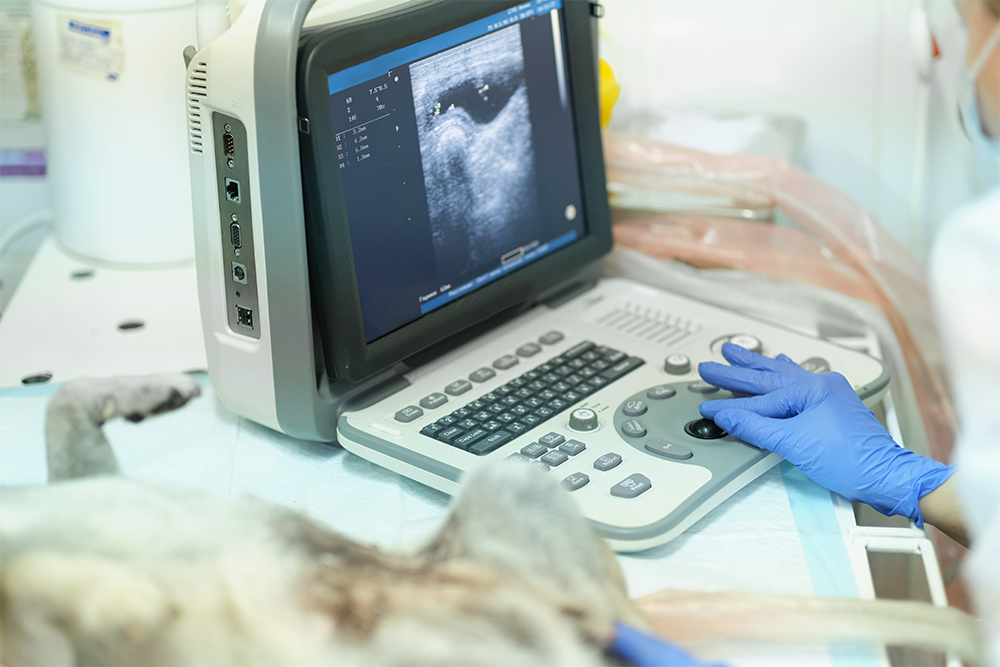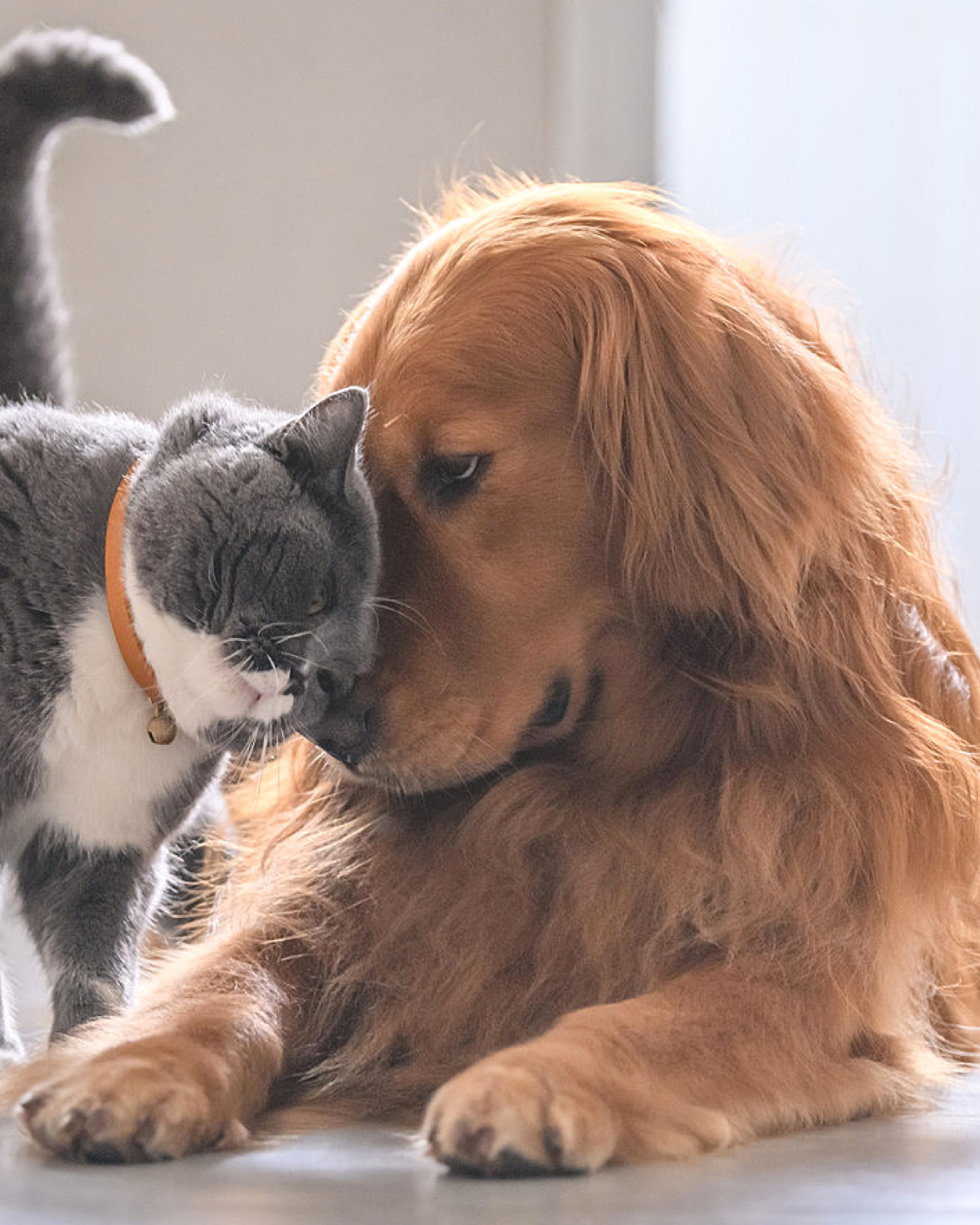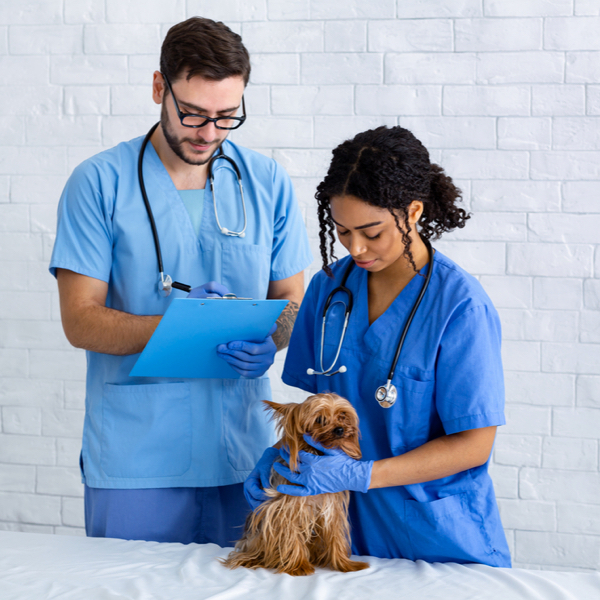Diagnostics

How Cancer is Diagnosed
Our veterinary oncologists use many tools to diagnose cancer, determine stage of disease, and help dictate treatment recommendations. The most common diagnostic tools are cytology (using fine needle aspiration to collect samples) or histopathology (using biopsy tools to collect samples). This can be done in-house or by sending to one of our trusted veterinary partners. Imaging equipment, like radiography and ultrasound, are also used to help confirm the location and progression of cancer.
Cytology
Cytology
Cytology involves using a needle to remove a small sample of cells from a mass to be evaluated under a microscope. It is a simple procedure and generally does not require any sedation or anesthesia. Your oncologist and/or pathologist will then evaluate the cells and determine if they are suspicious for cancer. This is usually the starting point for most lump and bump evaluations. If the cells are benign (non-cancerous) no further workup is needed. Some tumors are easy to diagnose by cytology alone, other times it tells us we need to biopsy the lesion.
Biopsy
Biopsy
Biopsy for histopathology involves removing a small section of tissue from the tumor (more cells than fine needle aspiration) and submitting it to a pathologist for review. A biopsy allows the pathologist to assess the architecture of the tissue to determine the subtype and grade of tumor. This is often very important information for prognosis and helps the veterinary oncologist determine an effective and unique protocol for your pet. Biopsies can be done by either your primary care veterinarian, your oncologist, or a veterinary surgeon. Biopsies are always sent to one of our trusted veterinary labs for review by a board-certified veterinary pathologist.
CT SCAN
CT Scan
A CT (computed tomography) scan is a special radiographic test that uses a computer to produce detailed cross-sectional images or “slices” of parts of the body. CT can “see” inside the brain, and other parts of the body that cannot be visualized on regular X-ray examination. CT makes it possible to diagnose certain diseases earlier and more accurately than with other imaging tools. Anesthesia is required for veterinary patients undergoing CT imaging. The length of time is relatively short (<45 minutes) and patients are well monitored during the procedure.
Ultrasound
Ultrasound
Ultrasound is a non-invasive way to image internal organs. It poses no known risks to the patient and often can be performed with little or no sedation. Veterinary oncologists use ultrasound to examine the abdomen for masses or lymph node enlargement. Ultrasound also assists the veterinary oncologist to visualize internal tumors or nodes when sampling tissue for cytology.
Radiography
Radiography
Radiography is another non-invasive way to image internal organs. It poses no known risks to the patient and often can be performed with little or no sedation. Veterinary oncologists use radiography primarily to evaluate the chest cavity, specifically the lungs, for primary tumors or spread of cancer. Radiography is also helpful in evaluation of painful limbs for damage to the bones.

CHEMOTHERAPY
CHEMOTHERAPY
Chemotherapy is the treatment of choice for metastatic disease and cancer that is clinically indicated to be responsive to systemic treatment (lymphoma, mast cell tumors, osteosarcoma, transitional cell carcinoma, and hemangiosarcoma). Chemotherapy can also be used to sensitize tissues prior to radiation therapy or shrink tumors for surgical removal.

